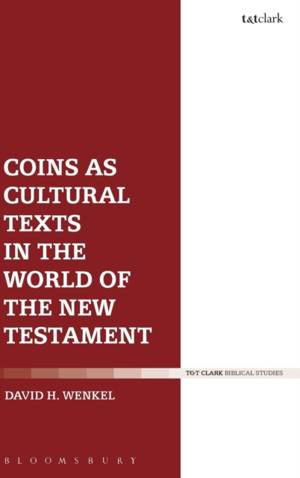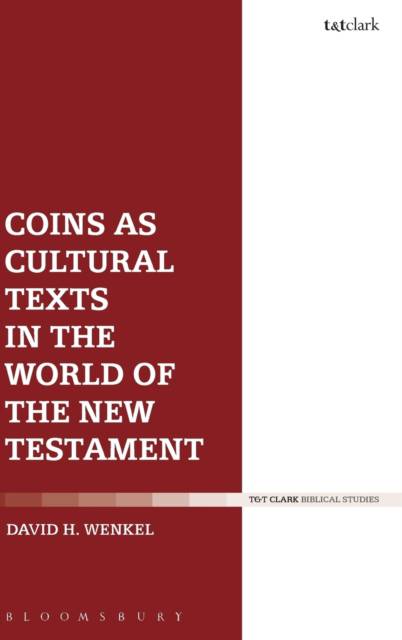
Je cadeautjes zeker op tijd in huis hebben voor de feestdagen? Kom langs in onze winkels en vind het perfecte geschenk!
- Afhalen na 1 uur in een winkel met voorraad
- Gratis thuislevering in België vanaf € 30
- Ruim aanbod met 7 miljoen producten
Je cadeautjes zeker op tijd in huis hebben voor de feestdagen? Kom langs in onze winkels en vind het perfecte geschenk!
- Afhalen na 1 uur in een winkel met voorraad
- Gratis thuislevering in België vanaf € 30
- Ruim aanbod met 7 miljoen producten
Zoeken
€ 322,45
+ 644 punten
Uitvoering
Omschrijving
Coins have long been a vital part of the discipline of classical studies of the ancient world. However, many scholars have commented that coins have not been adequately integrated into the study of the New Testament. This book provides an interdisciplinary gateway to the study of numismatics for those who are engaged in biblical studies.
Wenkel argues that coins from the 1st century were cultural texts with communicative power. He establishes a simple yet comprehensive hermeneutic that defines coins as cultural texts and explains how they might be interpreted today. Once coins are understood to be cultural texts, Wenkel proceeds to explain how these texts can be approached from three angles. First, the world in front of the coin is defined as the audience who initially read and responded to coins as cultural texts. The entire Roman Empire used coins for payment. Second, the world of the coin refers to the coin itself - the combination of inscriptions and images. This combination of inscription and image was used ubiquitously as a tool of propaganda. Third, the world behind the coin refers to the world of power and production behind the coins. This third angle explores the concept of authorship of coins as cultural texts.
Wenkel argues that coins from the 1st century were cultural texts with communicative power. He establishes a simple yet comprehensive hermeneutic that defines coins as cultural texts and explains how they might be interpreted today. Once coins are understood to be cultural texts, Wenkel proceeds to explain how these texts can be approached from three angles. First, the world in front of the coin is defined as the audience who initially read and responded to coins as cultural texts. The entire Roman Empire used coins for payment. Second, the world of the coin refers to the coin itself - the combination of inscriptions and images. This combination of inscription and image was used ubiquitously as a tool of propaganda. Third, the world behind the coin refers to the world of power and production behind the coins. This third angle explores the concept of authorship of coins as cultural texts.
Specificaties
Betrokkenen
- Auteur(s):
- Uitgeverij:
Inhoud
- Aantal bladzijden:
- 224
- Taal:
- Engels
Eigenschappen
- Productcode (EAN):
- 9780567670731
- Verschijningsdatum:
- 1/12/2016
- Uitvoering:
- Hardcover
- Formaat:
- Genaaid
- Afmetingen:
- 160 mm x 236 mm
- Gewicht:
- 453 g

Alleen bij Standaard Boekhandel
+ 644 punten op je klantenkaart van Standaard Boekhandel
Beoordelingen
We publiceren alleen reviews die voldoen aan de voorwaarden voor reviews. Bekijk onze voorwaarden voor reviews.









